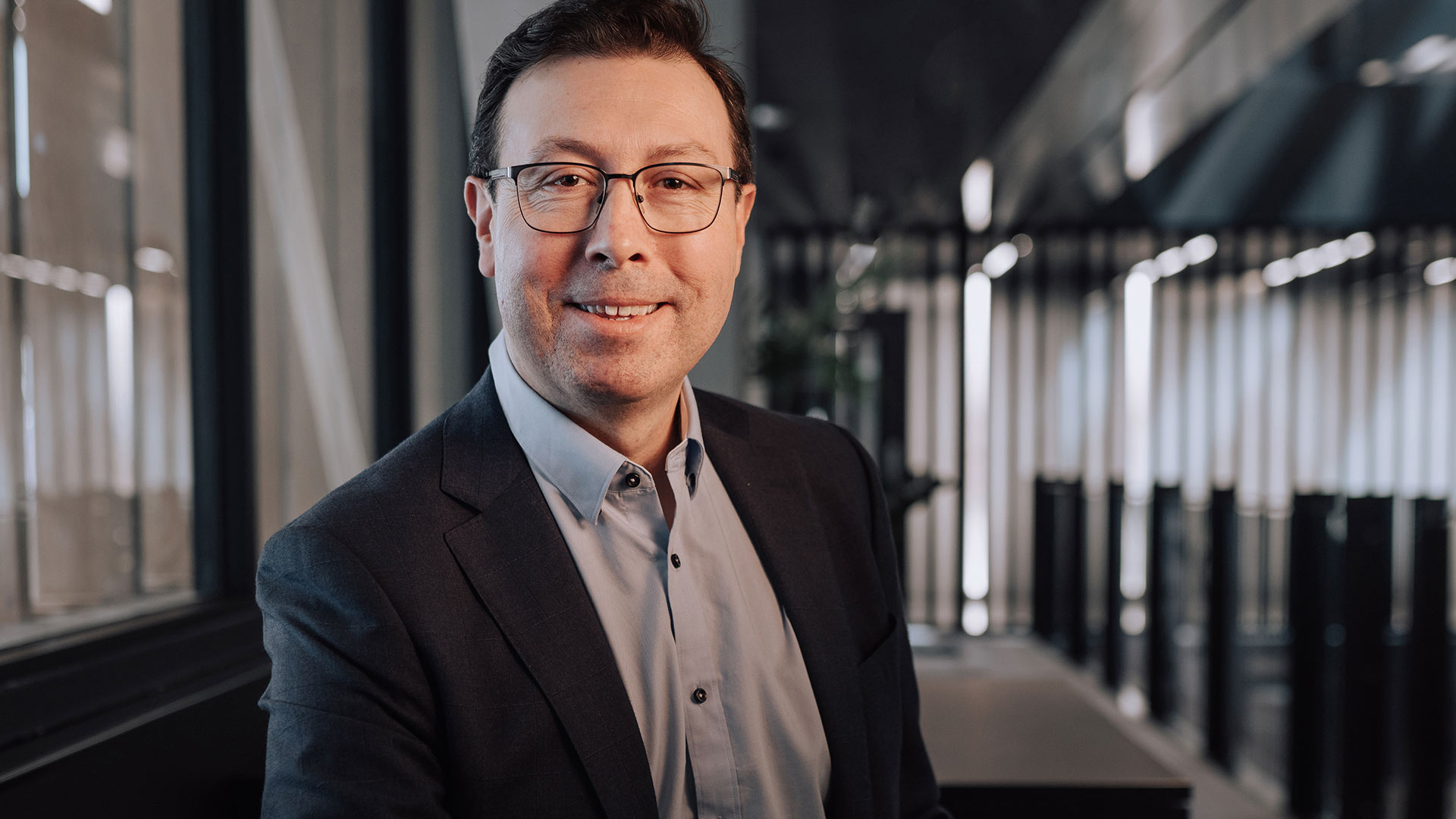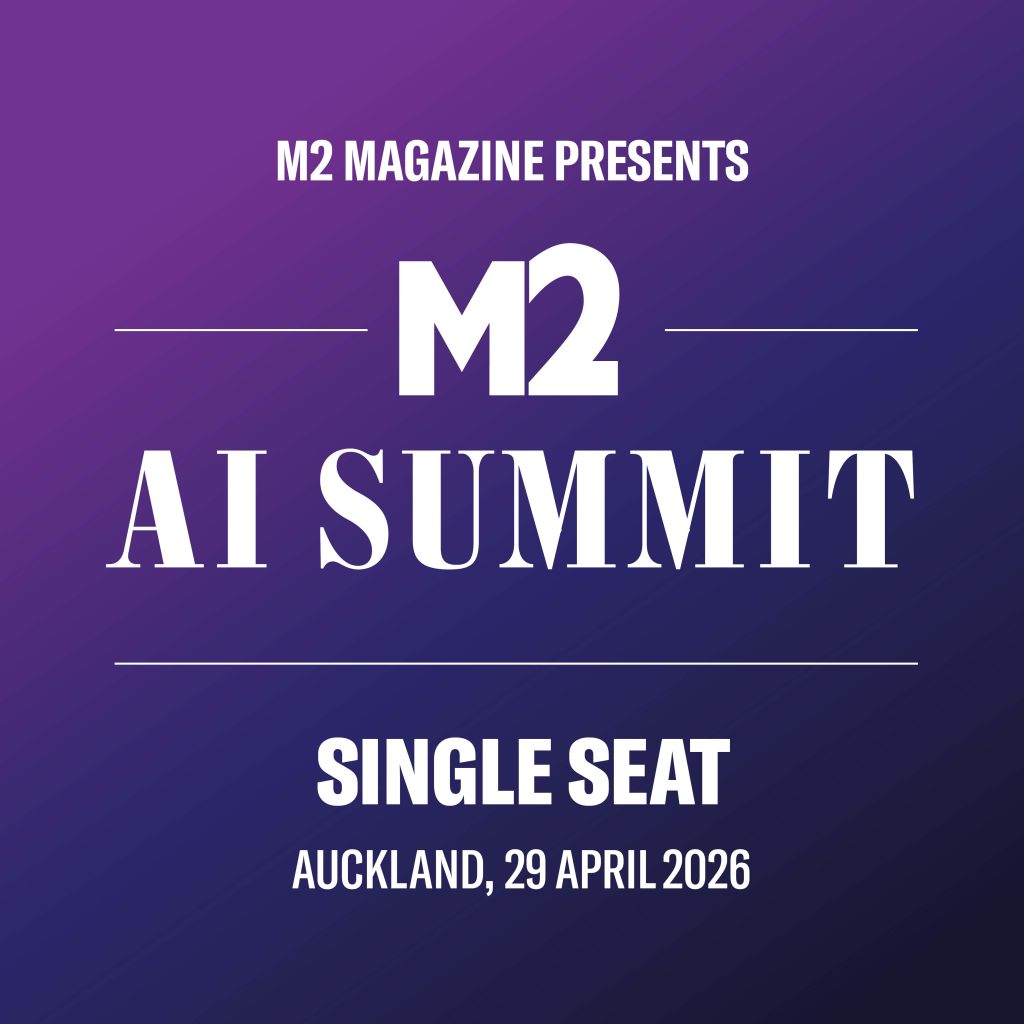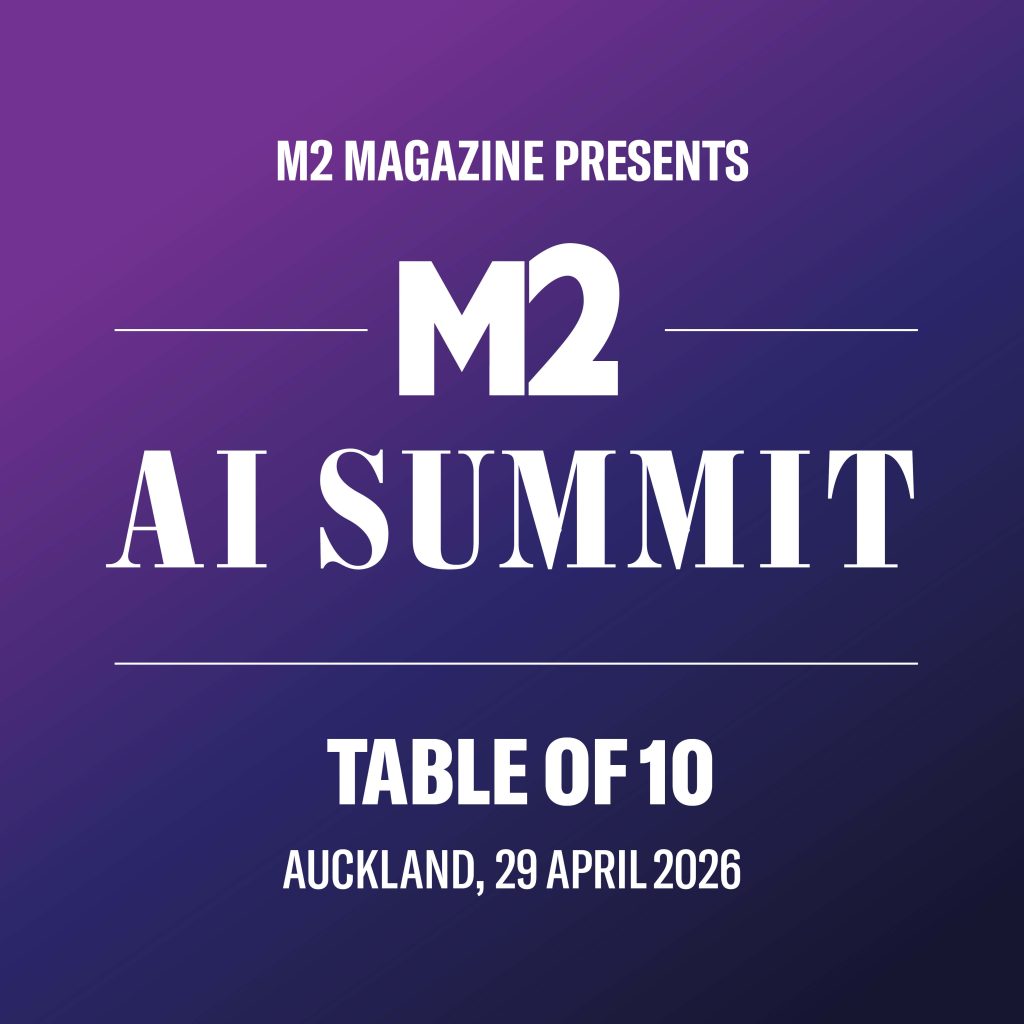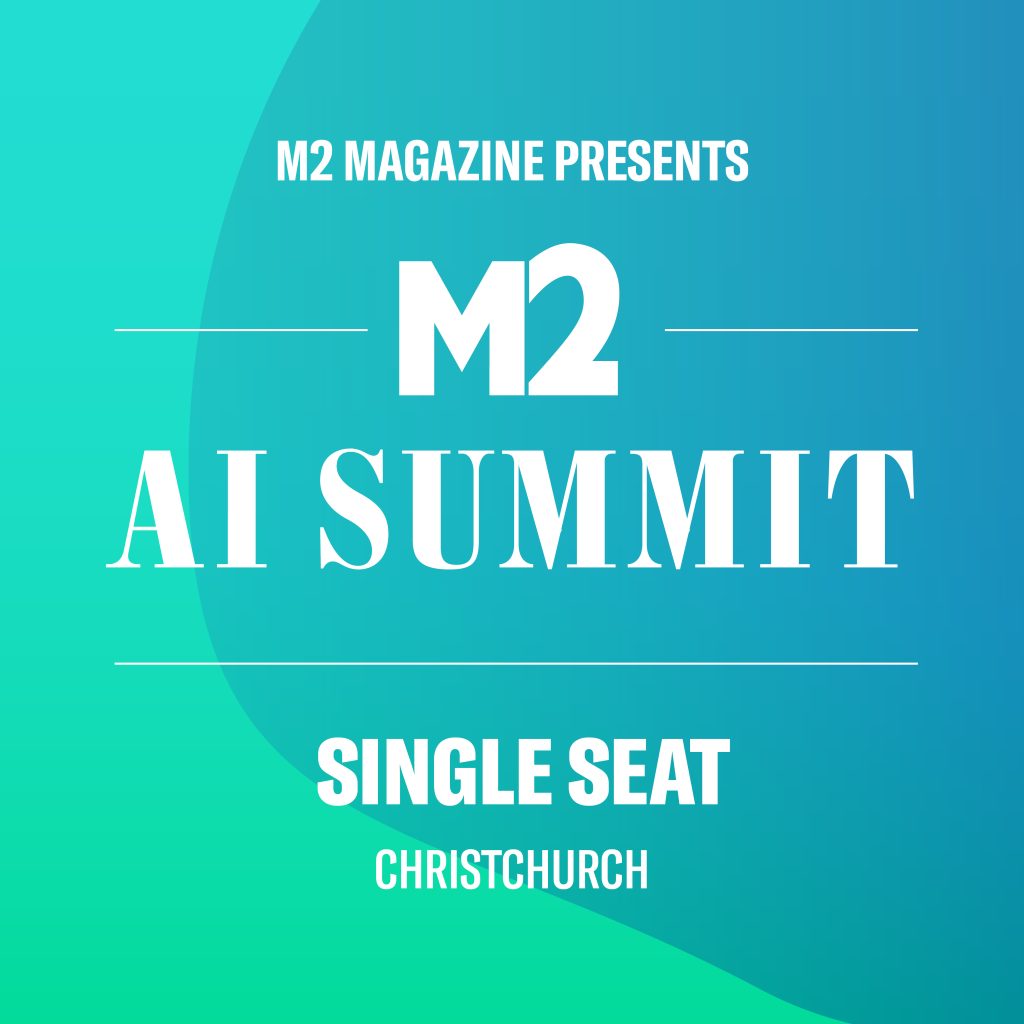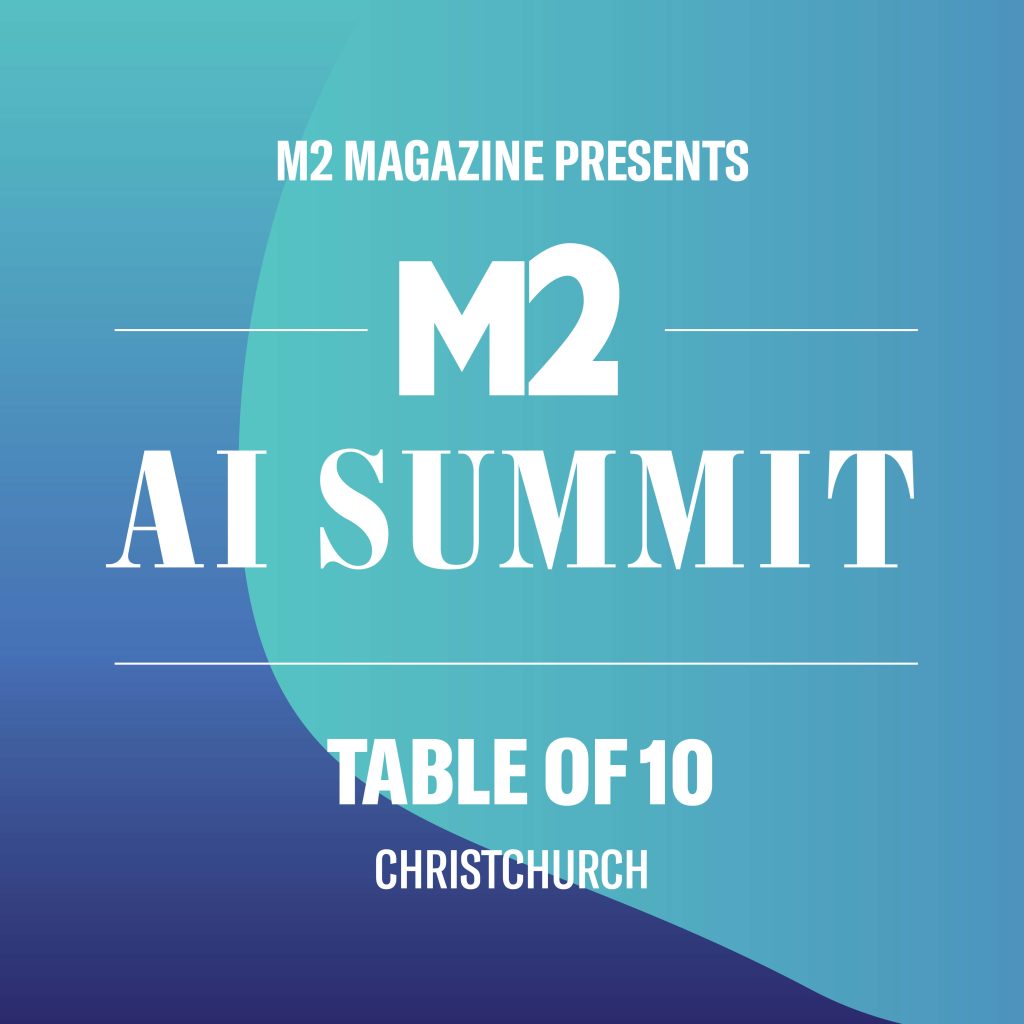Stephen Kurzeja – On AI, Infrastructure and New Zealand’s Chance to Lead
As Chief Technology & Information Officer at 2degrees, Stephen Kurzeja is helping shape the digital infrastructure that underpins how New Zealand connects. With AI rapidly moving from hype to implementation, Kurzeja sees more than just a technical shift, he sees an inflection point. One that has the potential to reshape not only how 2degrees operates, but how the country positions itself on the global stage. Fresh from his first visit to Mobile World Congress, Kurzeja gives us the low down on autonomous networks, sovereign AI, the return of quantum, and why New Zealand might be closer to the front than we realise.
You were working on Quantum Entangled States of Trapped Atoms for Quantum Teleportation for your PhD. That seemed early. Were you ahead of the curve?
That was the late 90s, early 2000s. Looking back, more than 25 years on, it feels like we are only just cracking a few of those problems now. At the time, it was definitely leading edge. New Zealand was well known for doing world-class work in quantum physics. I was drawn to it because our professors and research teams were doing incredible things on the global stage, and I have always enjoyed solving difficult problems. This was one of the hardest.
I am an “almost” PhD though. The realities of earning a living meant I was working a few side hustles in software engineering and telecommunications. While I loved solving really deep scientific challenges my real passion was how to use technology to make a difference to people’s lives, and I could see that from my early experiences in the computer & internet revolution which drew me from a passion area since a child to getting into the industry.
Now we have come full circle. Working with networks and connectivity I am thinking about how we apply quantum technologies to solve real world problems. The work I was doing 25 years ago was the foundations of what a Quantum Internet would be. Now there are real applications. Quantum key distribution and cryptography are already happening and also essential to protect traffic from future quantum computers with powerful decryption capabilities. There has even been successful quantum teleportation over a fibre line that carried regular internet traffic. When I was doing my research, I honestly didn’t think we would see that. Quantum entanglement is such a delicate phenoma. Any environmental interaction collapses the wave function. It is fascinating to see the progress.
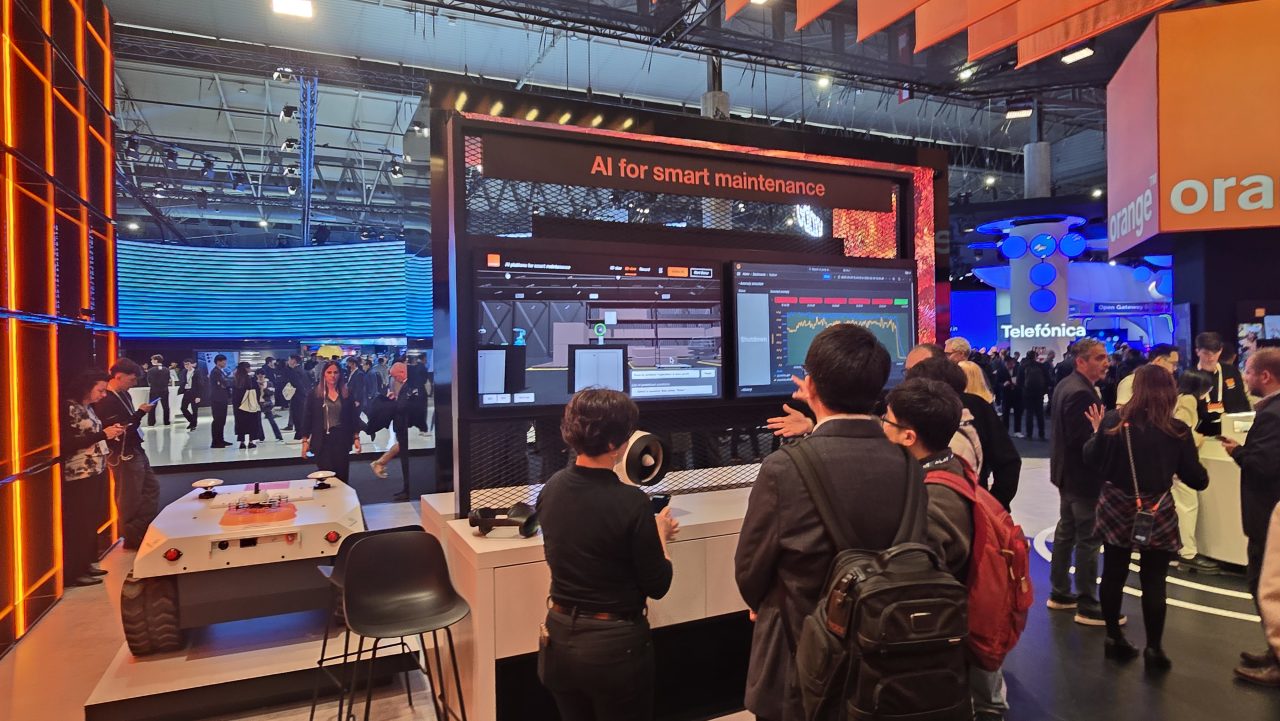
Does it feel like you’re in a good place now, being across different areas of technology?
I’ve always loved the variety in technology. That’s what drew me to telecommunications. It’s such a diverse space. In the early 2000s, while I was still doing my PhD, I was also working in telco. I found myself far more excited by what was happening there. There were no cloud services or SaaS platforms. You had to build everything yourself, like billing systems and ticketing systems. It was challenging but really rewarding.
From there I moved through systems engineering, voice, networking, and building both the physical and logical layers. Then I moved into architecture and leadership. I realised that to really unlock the potential of technology, you need people working well together. That’s what led me into leadership, helping teams do the best work of their lives.
I still dip into the technical side, maybe more than I should, but I try not to get in the way. Having that background lets me go to something like Mobile World Congress, which was my first time, and see through the hype. See what is real, what is relevant, and what we could actually bring back to New Zealand. That kind of experience and knowledge helps.
What was the most exciting thing you saw at Mobile World Congress that has real potential for New Zealand?
There was a lot of discussion around autonomous networks. It’s like a self-driving car, but for a network. We’ve been trying to do this for a long time. It has probably been talked about for 15 years. Things like software-defined networking and self-healing networks. This time, it felt like things had finally matured.
There’s a framework for it, from level zero to level five. That ranges from fully human-driven networks through to fully autonomous ones. The theme at Mobile World Congress was about making the shift from level four to five. But on the ground, most telcos are sitting somewhere around level two or two and a half. They’re using automation, but it’s not fully autonomous.
For us at 2degrees, it’s about being more efficient and smarter. We’re using data to do predictive maintenance and to restore issues more quickly than a human could. That reduction in mean time to restore is something telcos have always aimed for, but now we’re taking it further.
It’s also about how customers interact with services. We’ve invested a lot in a platform called 2degrees Flex, which provides software-defined APIs that customers can log into. Take Network for Learning who provides connectivity to 2500 schools through our network, for example. They wanted a system they could interact with, one that gives them visibility and lets them do meaningful things within their own business. That’s the kind of journey we’ve been on.
Another key takeaway was how the vendor landscape has matured. We’ve built a lot of our own technology, but now we’re seeing a supply chain that’s capable of delivering a lot of these tools off the shelf. That’s good. It helps accelerate adoption, both for us and for others.
There’s also a lot happening with AI in the RAN, the Radio Access Network. One part is about using AI to optimise the radio network so you get better coverage, better performance, and a better experience.
But another big theme is around putting GPUs into the equipment that goes out to the edge of the network. This is about being ready for what might come next, including 6G.
That shift means you need a lot more compute in these small servers that sit very close to the radios and the network. At Mobile World Congress, there was a strong focus on that. We saw ruggedised, high-density machines with 72 cores and powerful GPUs. These are serious bits of kit.
What telcos are thinking about now is how we can monetise that capability. What does this mean for the future of AI use cases? How do we use this capacity when the network isn’t under load?
I think the telecommunications industry has reflected on how it missed the opportunity with cloud computing. The hyperscalers came in and owned that space. Telcos were in a strong position, we had the data centres and the infrastructure, but we didn’t move fast enough or with the right mindset. There’s a narrative building now around making sure we don’t miss the AI wave in the same way.
What does this all mean for telcos like 2degrees? What’s the opportunity?
I think telcos are in a unique position. We have infrastructure that’s already close to the user base. That means we can host these models near our customers and do it in a secure way.
There’s an alliance of telcos working on this. AI RAN was a big theme at Mobile World Congress. We already need accelerated compute in our RAN equipment, so the next step is to ask whether we can also make that capacity available to businesses and consumers when it’s not being used for network functions. Can it deliver value in other ways?
With things shifting towards conversational AI & agentic AI, latency becomes incredibly important. We’re not training models at the edge, we’re using them. That’s inference. You host the model and run the inference locally, close to the user. The training still happens in large AI factories, that won’t change, but there’s no reason we can’t be hosting inference here in New Zealand. That’s the part where telcos like us can really add value.
Then there’s the potential for industry-specific models. There’s a telco alliance trying to collect data from across different regions to build more contextual models tailored for telecommunications. Companies like South Korea Telecom and Deutsche Telekom are part of that. Getting full approvals to share data is a big part of the challenge, but they’re working on it.
For example, for the last two years we’ve been using foundational models in our Contact Centre for applications like automatically summarising calls and understanding customer intent, which then feed into improvements for customer experience and coaching. While pretrained LLMs work very well, they still require fine-tuning. You can’t just take these models off the shelf and expect them to completely work. While it’s not easy, what used to be completely impossible is now entirely within reach. There is a lot more on this topic through change, managing risk, still with a bias to action and speed of innovation. But I would say It just takes effort and a commitment to doing the work. Our approach is people and machine working together. A co-intelligence model as a super charger for productivity. From there the beginnings of AI agents in 2025. Generally these are still fragile but this continues to accelerate, importantly distinguishing what is rebadged automation versus AI agents that are can learn, adapt, reason about the environment they are to take actions for their specific goal.
It would be interesting to see telco-specific large language models, and then other industries doing the same. Every sector could have models tailored to their own challenges. That opens up a big opportunity for New Zealand. Could we build models for specific use cases here and export that capability to the world? That’s a fascinating possibility. Add that to the new satellite race – we have partnered with AST Space Mobile – and it’s really a new world.
What does sovereign AI mean for New Zealand?
It’s a big theme. With everything going on geopolitically, there is also a lot of nationalism in tech. Many countries are building their own AI models and running their own clusters.
I spoke to a lot of global leaders about sovereign AI. Even in New Zealand, we are seeing organisations and government departments becoming more risk averse. They do not want their data leaving the country and even if not the biggest risk around AI use its still holding organisations back. Even when there are no legal restrictions, there is still that feeling of uncertainty. Where is my data, and what is really happening to it?
This is becoming easier to manage. You can now set up a private AI cluster without needing to build everything from scratch. Dell, HPE and others are offering platforms that help you do this. The hardware is sorted, and the software stack is maturing quickly.
For New Zealand, this is something we should absolutely be involved in. I come from an academic background and, along the way, I explored AI. That was during the AI winter. Back then, we leaned into quantum because it felt more exciting, and AI had lost momentum. Then deep learning came along and everything changed.
We actually have world-class AI talent here. People like Dr Michael Witbrock leading the Strong AI at University of Auckland and in Newmarket Innovation Precinct. There are others too. But we do not talk about them enough.
At Mobile World Congress, I kept thinking that New Zealand could be leading in this space. We have the talent. What we need is more investment. Globally, most countries invest about 2.5 percent of GDP into research and development. We are at about 1.4 percent, and only a fraction of that goes into core research.
We have a real opportunity. DeepSeek showed what can be done with a relatively small investment out of China. So why not here? If we invest in R&D and in the adoption of AI, we could become an truly AI enabled nation. I do not want to sound like an evangelist, but I really believe New Zealand could be a global leader. And it’s not a nice to have, overall our productivity is going backwards. Its an imperative we invest in R&D and in technology adoption. Sovereign AI is a big part of that.
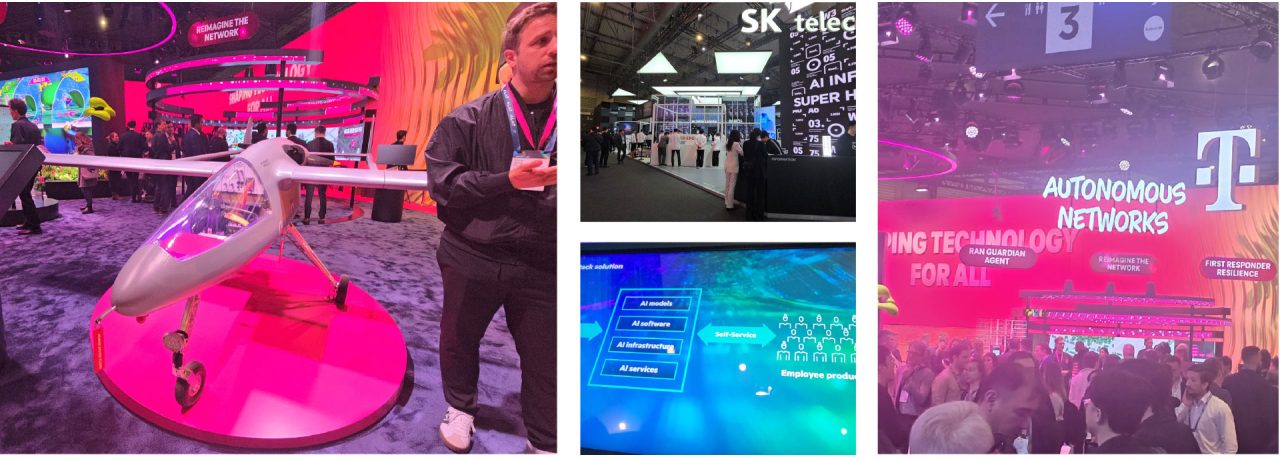
There was a bit of a shock when DeepSeek came out. It felt like a spanner in the Silicon Valley machine. Was it more about open source versus closed source, or what was the real impact there?
I’ve seen the shockwaves. It raised the question of whether you really need to invest in a hundred-billion-dollar AI factory, or if you can achieve something similar with 50 million dollars with a different approach. I always assumed the demand for compute would keep rising regardless and we’ve seen this before.
Over the last couple of years, I’ve already seen major improvements in performance. Things are getting more efficient and use less power, but the overall demand continues to increase. We’ve gone from Moore’s Law to what some now call Jensen Huang’s Law, where AI performance is doubling every seven months. At the same time, AI agents and general capabilities are accelerating rapidly, so the demand is not letting up.
DeepSeek was a real moment. It showed what can be done when you have limited resources and smart talent. There was some debate around how much they may have relied on existing models or whether they had special access to GPUs, but most of that has been clarified. They used an older generation of GPUs and might have bootstrapped with other models to get started. That does not mean the achievement is any less impressive.
To me, it shows the opportunity. In New Zealand, we should absolutely be doing this ourselves. Some might ask why we would bother, when there are already so many models out there. But I do not believe it is a done deal. There is still a huge amount of innovation ahead. We need to be involved at the research level if we want to shape what comes next.
That kind of investment builds momentum. You start with core research, and from there, startups emerge. Those startups drive adoption. That is how a proper ecosystem forms. We already have the talent. We are also a geopolitically trusted country, and that gives us a real advantage globally.
Just imagine if we could solve some of our productivity challenges with AI. We could become a leader in specific areas, attract international talent, export AI capabilities, and build our own agents to address local skill shortages. I think that is something we should be aiming for.
That is what really excites me. Going to Mobile World Congress made it clear that we are not far behind. At 2degrees, we are doing things that are right up there with global organisations. In some areas, we are actually ahead. I think New Zealand tends to be too self-critical. We say we are small, under-resourced, not investing enough. But when you actually look at what we are doing, it is impressive.
When I talk to tech leaders including many Chief AI & data officers around the world, I realise we are having the same conversations. Sometimes, they are asking us how we are doing things. At 2degrees, we see ourselves as a software company with great telco assets, that is connecting technology and business value together. A New Zealand success story with a large software and technology team located here in New Zealand investing our own software stack to better serve our customers and innovate at pace. Like Flex for Business which delivers real productivity benefits for small, medium and corporates. I believe 2degrees is comparable to other NZ software company success stories like Xero. We are modernising our platforms and transforming how we work, enabling real market share growth through improved customer experience. This is no small feat in the backdrop of merger and acquisitions.. When I hear about what some others are dealing with, it is messy. They are asking us what we are doing differently.
That is a great position to be in. And I think, nationally, we could take the same approach. We could lead. Mobile World Congress gave me a sense of validation and a renewed sense of purpose. It reminded me that we need to be doing more in New Zealand.
Not just for 2degrees, but for the whole country. It reignited my drive to help shape a stronger Aotearoa for generations to come.
If you could go back to the late ’90s when you were working on your thesis, what advice would you give yourself?
Just back yourself. The future is bright. Keep true to your values. And the AI winter will well and truly be over.

